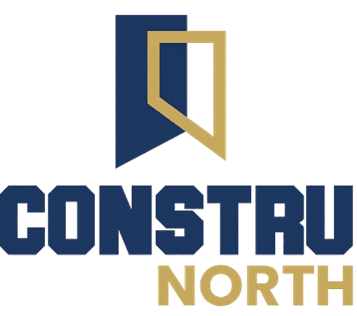Understanding Reflected Ceiling Plans: A Key to Better Interiors
What is a Reflected Ceiling Plan?
A Reflected Ceiling Plan (RCP) is an architectural drawing. It shows the features on the ceiling of a room or building. Designers use RCPs to plan lighting, HVAC systems, and other elements. These plans help ensure that everything fits well together.
RCPs are called "reflected" because they show the ceiling as if it were reflected onto the floor. This perspective helps architects and builders understand the layout. It also helps them avoid conflicts between different systems.

Why Are Reflected Ceiling Plans Important?
Reflected Ceiling Plans are crucial for several reasons. First, they help to coordinate the placement of lights, vents, and sprinklers. Without an RCP, these elements might end up in the wrong places. This could lead to costly changes during construction.
Second, RCPs provide a clear view of the ceiling design. This is important for both aesthetics and functionality. An RCP allows designers to create a ceiling that looks good and works well.
Elements Included in an RCP
An RCP includes various elements. These may include:
- Lighting fixtures
- HVAC vents and ducts
- Sprinkler systems
- Ceiling tiles and grids
- Speakers and other audio systems
Each of these elements needs to be placed correctly. An RCP helps ensure that everything is in the right spot.

How to Read a Reflected Ceiling Plan
Reading an RCP can seem complicated at first. However, it becomes easier with practice. The key is to understand the symbols and notations used. Most RCPs include a legend that explains these symbols.
Start by looking at the overall layout. Then, focus on individual elements. Check the placement of lights, vents, and other features. Make sure they are positioned correctly.
Common Symbols in RCPs
RCPs use a variety of symbols to represent different elements. Some common symbols include:
- Circles for lights
- Squares for vents
- Triangles for sprinklers
Each symbol is usually labeled with a number or letter. This helps to identify the specific type of fixture.
Benefits of Using Reflected Ceiling Plans
Using an RCP offers many benefits. It helps to avoid conflicts between different systems. This can save time and money during construction. An RCP also ensures a more organized and efficient design process.
In addition, RCPs can improve the final look of a space. By planning the ceiling layout in advance, designers can create a more cohesive and attractive design. This can enhance the overall feel of the interior.
In summary, Reflected Ceiling Plans are a key tool in interior design and construction. They help to coordinate different elements and ensure a functional and attractive ceiling layout. Understanding RCPs can lead to better interiors and more successful projects.
